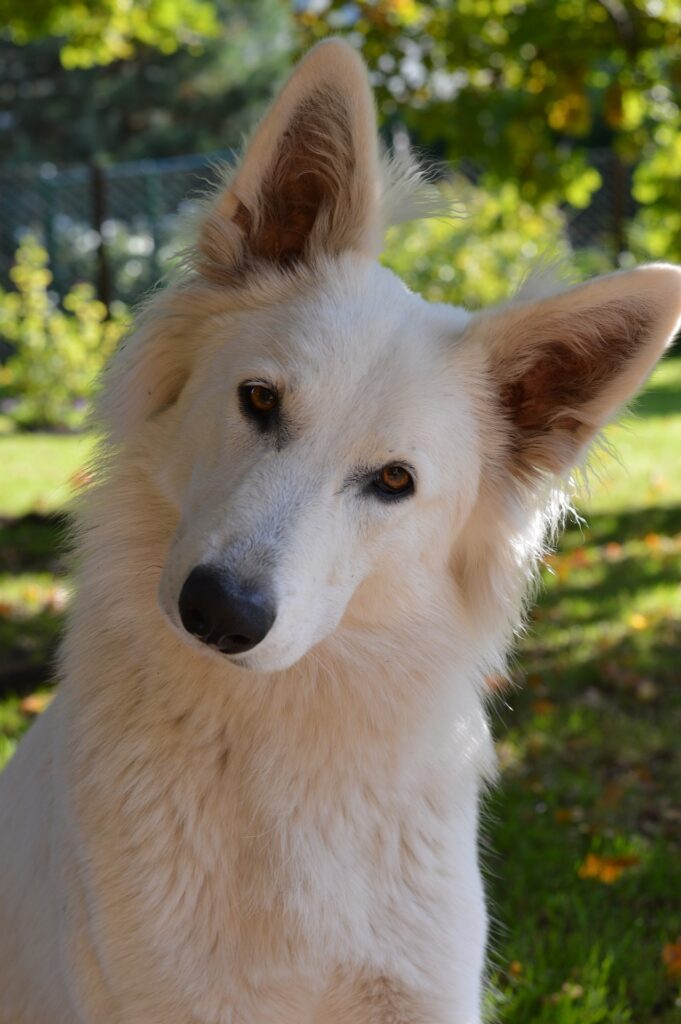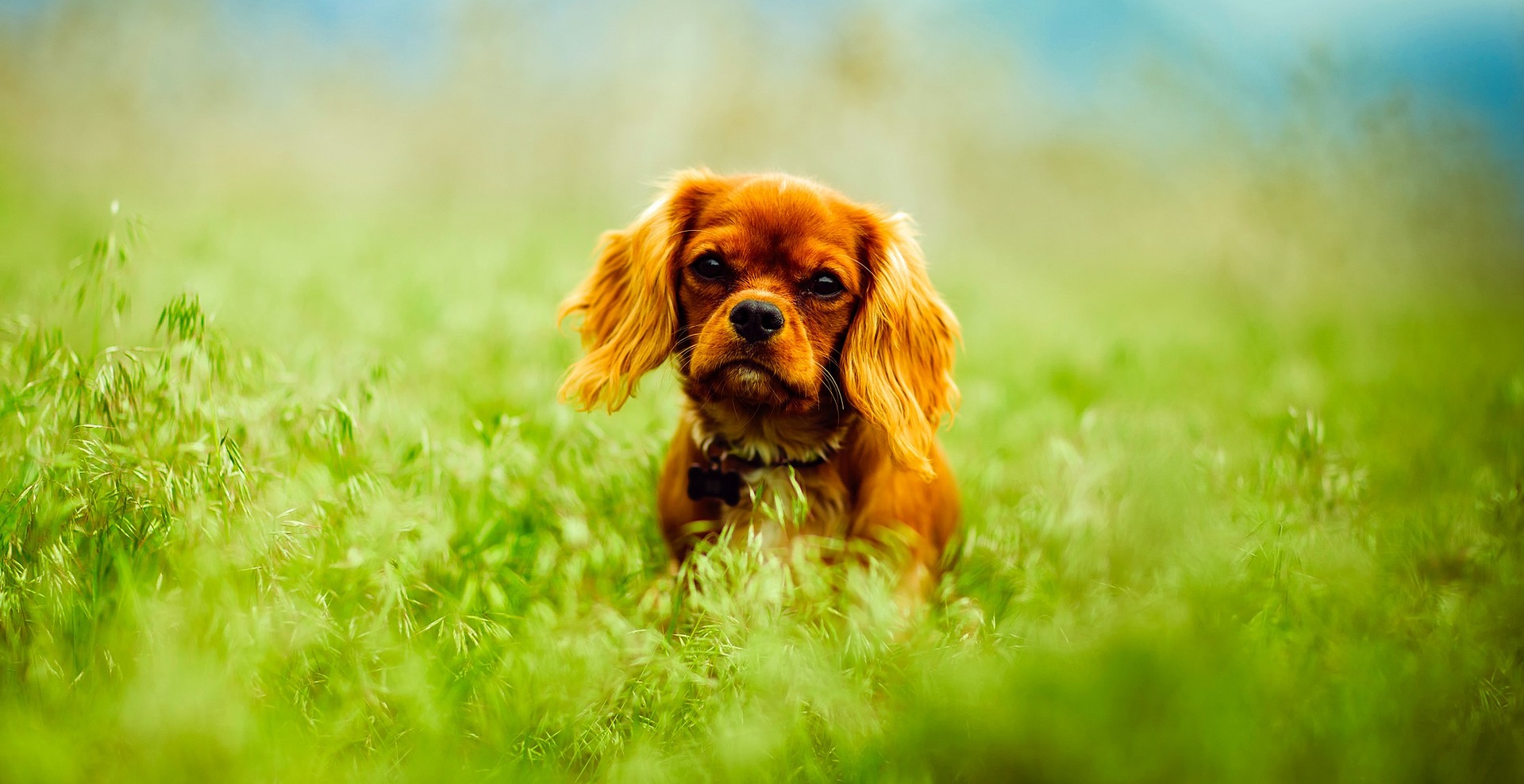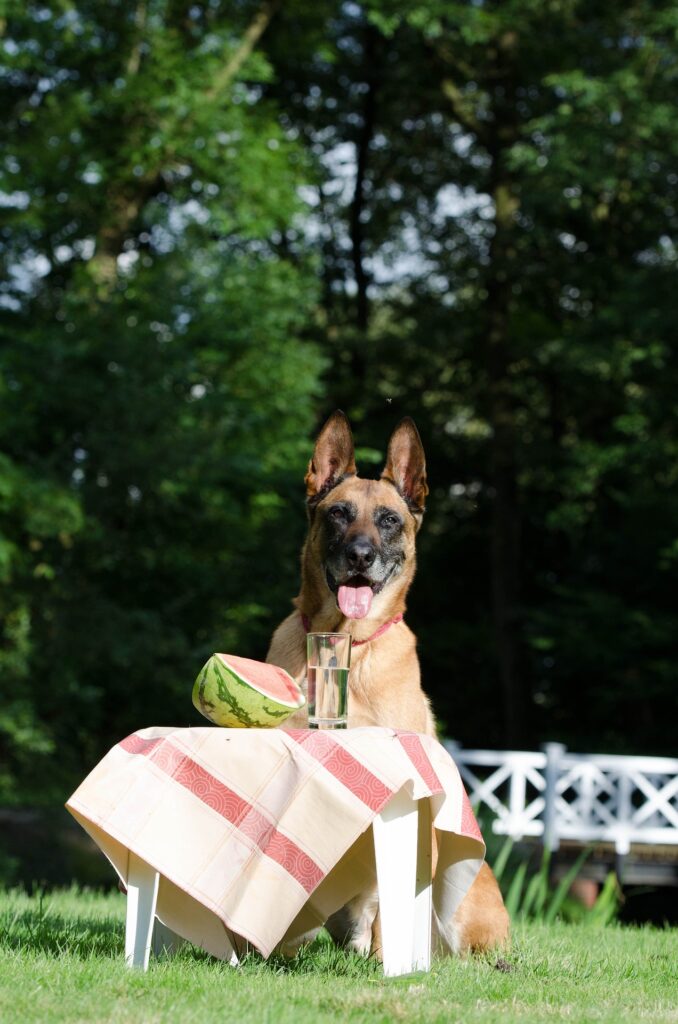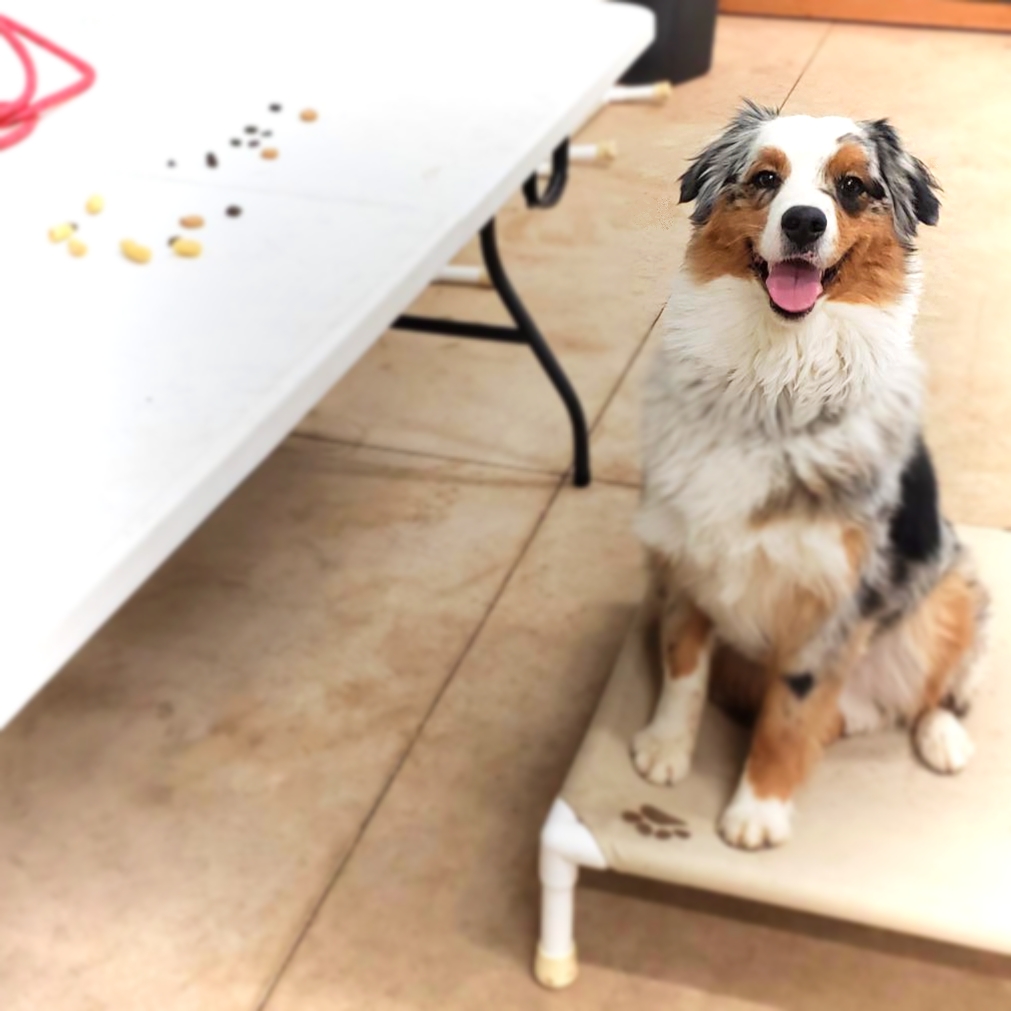
Are you looking for ways to spice up your dog’s treats? Need some new incentives to work on particular obedience commands? Are you wanting to try some other ingredients when stuffing kongs or prepping licky mats?
You may need to look no farther than your own fridge and pantry.
Turns out, there are lots of human food options that when given in moderation or as a special treat are safe for your dog. But rewarding good behavior isn’t the only reason to explore new flavors with your dog.

Exploring new flavors can be great enrichment and give your dog something new and exciting to shake up their routine a bit. It can also be fun for you to see what ingredients your dog likes and you can even find treats with those ingredients in them in the future.
Of course, you can always try plain boiled meats for your dog, but what about fruits and veggies? Turns out, lots of dogs love snacking on fruits and veggies. While some may turn up their nose at the prospect, many will take the opportunity to inspect the new food source, take their time with it, and decide if they like it or not. Some just gobble up anything handed to them, which can be a fun experience as you watch them chew and realize this piece of food is not their standard kibble bit or treat.

But which fruits and veggies can your dog try in moderation? After all, dogs’ digestive systems are different from ours. So where do you begin? Luckily, we have curated a list for you to explore and get started.
A few warnings before we dive in:
- As always, it is important to consult your veterinarian before making any big diet changes and to watch for any allergic reactions just like we would with ourselves. Treats should only make up about 10% of your dog’s diet, so plan accordingly with these snacks. Many of these snacks can be higher in sugar and too much sugar can lead to upset tummies and diarrhea at best. What may not taste “sweet” to you might be more sugar than your dog’s digestive system can handle. All fruits contain sugar and some vegetables are higher in sugar than others.
- Seeds, rinds, and peels are not easily digested by dogs and may contain components that are toxic. Even if they are not toxic, the lack of digesting these can cause blockages and therefore lead to a vet visit. Proper food prep should be done when trying out these new flavors for our canine companions.
- Unless specified, these fruits and veggies are recommended to try while fresh or thawed from frozen rather than canned. Canned fruits and vegetables can contain extra sugar or salt to help with preservation, and replacement preservatives in “sugar free” or “salt free” canned options may not be safe for your dog even if they are safe for you.

Veggies
- Broccoli: Keep this vegetable to very small amounts. Too much can cause gastric upset and stalks can present a choking hazard if not chewed properly.
- Brussel Sprouts and Cabbage: This one can also be fun to try, but do limit the amount or you could have a dog with a tuba for a bottom.
- Carrots: This veggie is a more “sugary” treat. Lots of dogs love the crunch of these.
- Celery: This snack is low in calories and can also be lots of fun for dogs who like a good crunch. On hot days, frozen celery sticks can be a great snack.
- Cucumbers: Full of water, these are really good as a cool snack on a warm day.
- Green beans: Be sure to keep these fresh or frozen. Canned green beans contain too much salt, which can cause salt poisoning.
- Peas: Another good one to stay fresh or frozen. If your dog likes these, having them float in a bowl of water for them to bob for peas can be a fun activity.
- Pumpkin: If getting this from a can, make sure you’re only getting pumpkin puree and not pumpkin pie mix. The extra ingredients in pumpkin pie mix can make your sweet pup ill. Pumpkin contains lots of fiber, which can be good in the right amounts. Be aware that seeds and stems on pumpkins are not recommended.
- Sweet potatoes: These can provide fantastic fiber for your dog, but be careful of giving too much. Too much fiber can cause problems.
- Zucchini: This snack is low calorie and contains good fibers.

Fruits
- Apples: Make sure to remove the core and seeds!
- Bananas: These are high in sugar so treat in small amounts.
- Blueberries: Full of antioxidants, fiber, and vitamins C and K
- Cantaloupe: This is high in sugar and small amounts are recommended. Make sure to remove the rind before letting your dog enjoy it. This snack is not recommended for dogs who are overweight or have diabetes.
- Cranberries: A few dried or fresh whole cranberries are okay, but watch how many you feed as too many can lead to an upset tummy.
- Mango: While tasty, this fruit is also high in sugar and should be given in smaller amounts. Remember to remove the pit and skin before letting your dog enjoy it.
- Oranges: This one is tricky and controversial. It is very easy to give too much. The high acid content can cause major stomach upset if too much is given, but a small bit to try should be relatively safe. To boot, this is a very acquired taste for most dogs, and some dogs find the citrus to be too much. Remove the peel and seeds. The peel can cause blockages for dogs and is not digested well. Serve in small quantities due to the sugar and acid content and monitor your dog closely to see their reaction.
- Peaches: Feed these fresh or frozen, not canned. Remember to remove the pit and keep quantities small due to sugar content.
- Pears: Feed these fresh, not canned. Remember to remove the core and seeds and keep quantities small due to sugar content.
- Pineapple: Remove all pointy bits and the core before letting your dog dig in and keep portions to a few chunks or small amounts in one day.
- Strawberries: These snacks are high in sugar and should be fed in moderation.
- Watermelon: Remove seeds and rinds before feeding as these can cause blockages. This snack is great to help with hydration but should be fed in moderation.

And there you have it, new snacks to try for your dog. It can be so much fun to see what your dog’s tastes are and enjoy this bonding experience together. You and your dog might just discover a new favorite snack.
Bonus Tip
Add these new found favorite foods to a hollow chew toy, like a kong, or spread on a licky mat. This can keep your dog busy while you get ready for work, a night out, or have a nice dinner at home.
Licking and chewing can help calm dogs’ nerves and relax. Plus, it will give them something to lick and chew on besides your favorite pair of shoes or the power cords.
We personally like to do some of this food prep ahead of time and stick kongs and licky mats in the freezer to pop out whenever some quiet time is needed.
Sources:
AKC
Puppy Leaks

Does your dog need manners?
We can help!
Want to be the first to know about our new training tips, events, classes, and get a gift on your dog’s birthday? Sign up for our emails here!
